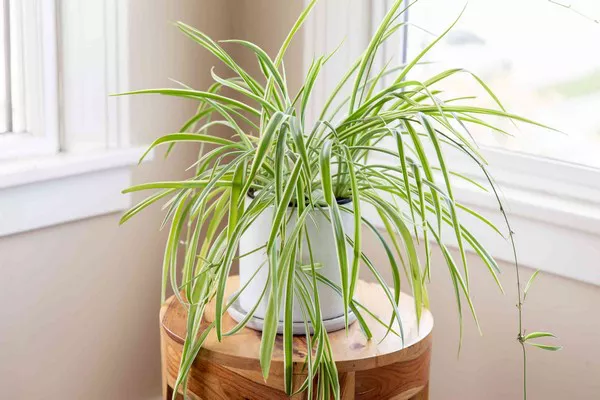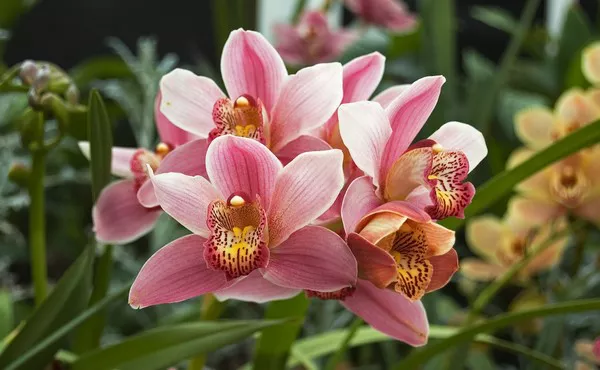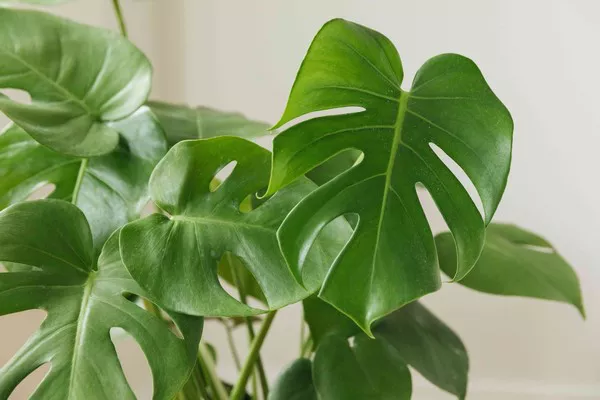Bees and butterflies are vital pollinators, playing a crucial role in maintaining the health of our ecosystems. Unfortunately, their populations have been declining due to habitat loss, pesticide use, and climate change. One of the best ways to support these pollinators is by planting shrubs that provide them with nectar, pollen, and shelter. Here, we explore the top 10 best shrubs for attracting and supporting bees and butterflies worldwide.
Top 10 Best Shrubs for Bees and Butterflies in the World
1. Lavender (Lavandula spp.)
Lavender is one of the most popular shrubs for attracting bees and butterflies. Known for its fragrant purple flowers and aromatic foliage, lavender is a hardy shrub that thrives in sunny, well-drained locations. Its flowers bloom throughout the summer, providing a rich source of nectar for pollinators.
Lavender is also drought-tolerant and requires minimal maintenance, making it an excellent choice for gardeners in various climates. In addition to supporting bees and butterflies, lavender can also repel pests like moths and mosquitoes, adding to its appeal as a garden shrub.
2. Buddleja (Buddleja davidii)
Commonly known as the butterfly bush, Buddleja is renowned for its ability to attract a wide variety of butterflies. Its long, arching flower spikes bloom from mid-summer to early autumn, offering nectar to both butterflies and bees.
Buddleja is a fast-growing shrub that can reach up to 10 feet in height. It thrives in full sun and well-drained soil. While it’s a favorite among gardeners for its vibrant blooms in shades of purple, pink, white, and yellow, it’s essential to be mindful of its invasive nature in some regions. Gardeners should opt for non-invasive cultivars where possible.
3. Heather (Calluna vulgaris)
Heather is a low-growing, evergreen shrub that produces a stunning display of small, bell-shaped flowers in shades of pink, purple, and white. It’s a favorite among bees, especially bumblebees, who are drawn to its abundant nectar supply. Heather blooms in late summer and early autumn, providing food for pollinators when other sources are scarce.
Heather prefers acidic, well-drained soil and can thrive in both sunny and partially shaded locations. Its evergreen nature also provides year-round shelter for insects, making it a valuable addition to any garden focused on supporting wildlife.
See Also: Top 10 Most Unique Flowers in the World
4. Rosemary (Salvia rosmarinus)
Rosemary is not only a popular culinary herb but also an excellent shrub for attracting bees and butterflies. Its small, blue flowers bloom in the spring and early summer, offering a vital nectar source for pollinators.
Rosemary is a hardy, evergreen shrub that thrives in warm, sunny locations and well-drained soil. It’s drought-tolerant and requires little maintenance, making it an ideal choice for xeriscaping. Additionally, rosemary’s aromatic foliage is known to repel certain pests, further enhancing its value in the garden.
5. Abelia (Abelia x grandiflora)
Abelia is a versatile shrub that produces clusters of fragrant, trumpet-shaped flowers from late spring through fall. The flowers, which come in shades of white, pink, and light purple, are a magnet for both bees and butterflies.
Abelia is a semi-evergreen shrub that thrives in full sun to partial shade and prefers well-drained soil. Its long blooming period and the pleasant fragrance of its flowers make it a favorite among gardeners. The shrub’s dense foliage also provides shelter for insects, adding to its value as a wildlife-friendly plant.
6. Ceanothus (Ceanothus spp.)
Ceanothus, also known as California lilac, is a fast-growing shrub native to North America. It produces clusters of small, fragrant flowers in shades of blue, purple, or white, which are highly attractive to bees and butterflies.
Ceanothus blooms in late spring to early summer, providing a crucial nectar source during this time. The shrub thrives in full sun and well-drained soil, making it a suitable choice for dry, Mediterranean-like climates. Ceanothus is also known for its nitrogen-fixing properties, which can help improve soil fertility.
7. Viburnum (Viburnum spp.)
Viburnum is a large genus of shrubs that includes many species and cultivars prized for their showy flowers, which bloom in spring or early summer. The flowers are typically arranged in large, rounded clusters and can be white, pink, or creamy in color. Bees and butterflies are drawn to the abundant nectar these flowers provide.
Viburnum is a versatile shrub that can thrive in a wide range of soil types and light conditions, from full sun to partial shade. In addition to its value as a nectar source, some Viburnum species produce berries in the fall that attract birds, making it a multifunctional plant for supporting wildlife.
See Also: Top 10 Smallest Hosta Plants in the World
8. Fothergilla (Fothergilla spp.)
Fothergilla, also known as witch alder, is a deciduous shrub native to the southeastern United States. It produces bottlebrush-like flowers in the spring, which are rich in nectar and highly attractive to bees and butterflies. The flowers are typically white or cream-colored and appear before the shrub’s leaves fully emerge.
Fothergilla thrives in acidic, well-drained soil and can grow in full sun to partial shade. Its foliage turns brilliant shades of red, orange, and yellow in the fall, adding seasonal interest to the garden. Fothergilla is also known for its resistance to pests and diseases, making it a low-maintenance choice for gardeners.
9. Caryopteris (Caryopteris x clandonensis)
Caryopteris, commonly known as bluebeard or blue mist shrub, is a late-summer bloomer that produces clusters of small, blue flowers. These flowers are particularly attractive to bees and butterflies, providing a much-needed nectar source late in the season.
Caryopteris is a deciduous shrub that thrives in full sun and well-drained soil. It’s drought-tolerant and relatively easy to care for, making it an excellent choice for low-maintenance gardens. In addition to attracting pollinators, Caryopteris is also deer-resistant, adding to its appeal.
10. Butterfly Weed (Asclepias tuberosa)
Butterfly weed, a type of milkweed, is an essential shrub for supporting monarch butterflies, whose larvae feed exclusively on milkweed plants. In addition to monarchs, butterfly weed attracts a variety of other butterflies and bees with its bright orange, red, or yellow flowers that bloom from late spring to early summer.
This hardy, drought-tolerant plant thrives in sunny, well-drained locations and is easy to grow in most gardens. Butterfly weed is also resistant to deer and rabbits, making it a practical choice for gardens where wildlife browsing is a concern.
Conclusion
Planting shrubs that attract and support bees and butterflies is a simple yet effective way to contribute to the health of our ecosystems. The top 10 shrubs highlighted in this article offer not only beauty to your garden but also provide essential resources for these vital pollinators. By incorporating a variety of these shrubs into your landscape, you can create a haven for bees and butterflies, helping to ensure their survival for generations to come.
You Might Be Interested In:



![10 Most Richest Cities in the United States [Revealed!]](https://www.validdownloads.com/wp-content/uploads/2023/12/Manjula-Pothos.webp)




















